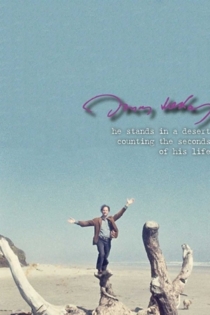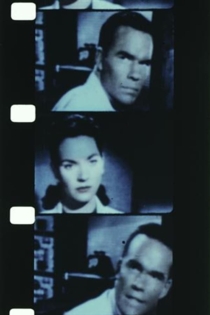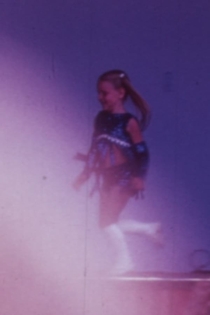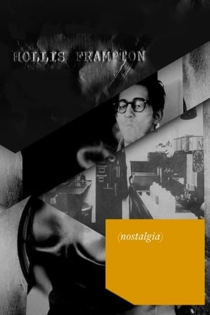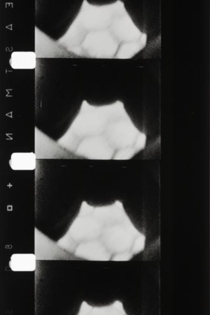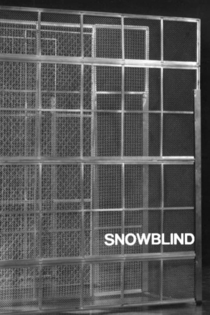
Hollis Frampton
1936 - 1984As I Was Moving Ahead Occasionally I Saw Brief Glimpses of Beauty
Jonas Mekas
Jonas Mekas, Stan Brakhage
A compilation of over 30 years of private home movie footage shot by Lithuanian-American avant-garde director Jonas Mekas, assembled by Mekas "purely by chance", without concern for chronological order.
As I Was Moving Ahead Occasionally I Saw Brief Glimpses of Beauty
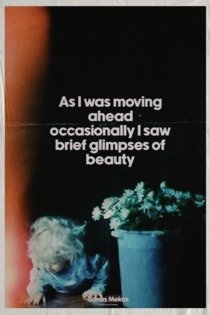
Artificial Light
Hollis Frampton
Lee Lozano
Artificial Light repeats variations on a single filmic utterance twenty times. The same phrase is a series of portrait shots of a group of young New York artists talking, drinking wine, laughing, smoking, informally. The individual portrait-shots follow each other with almost academic smoothness in lap-dissolves ending in two shots of the entire group followed by a dolly shot into a picture of the moon... There is a chasm between the phrase and its formal inflections. That chasm is intellectual as well as formal. Frampton loves an outrageous hypothesis; his films, all of them, take the shape of logical formulae. -- P. Adams Sitney, Film Culture Reader
Artificial Light
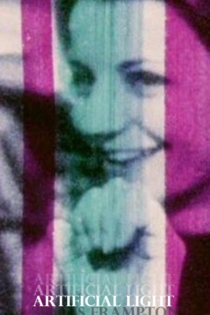
Drafts and Fragments Straits of Magellan
Hollis Frampton
A sampling of forty-nine fragments from Frampton's catalogue of 'actualities', the films from STRAITS OF MAGELLAN; DRAFTS AND FRAGMENTS, are all silent and unedited. Several invoke, directly, the work of the Lumieres, as in Frampton's reworking of DEMOLITION D'UN MUR (1895) in which a dilapidated farm silo is demolished in place of the Lumieres' wall. He makes reference to his own work and plays homage to the work of contemporaries. A complex range of formal issues are raised in other fragments. Finally, Frampton offers a number of analogues for the act of filming and cinematic seeing that includes a series of appropriated 'lenses' ( a stone portal, a wooden silo) and a set of 'screens' a pool of water, curtains, a dusty window).
Straits of Magellan; Drafts and Fragments
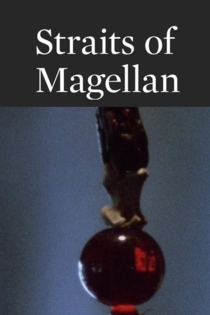
Grand Opera: An Historical Romance
James Benning
Hollis Frampton, Owen Land
Grand Opera marks a stock-taking of Benning's work and his life, presenting a personal and artistic autobiography woven together with a series of events dealing with the historical development of the number pi, Benning's travels, and homages to Michael Snow, Hollis Frampton, George Landow (Owen Land), and Yvonne Rainer.
Grand Opera: An Historical Romance

Hapax Legomena V: Ordinary Matter
Hollis Frampton
"A vision of a journey, during which the eye of the mind drives headlong through Salisbury Cloister (a monument to enclosure), Brooklyn Bridge (a monument to connection), Stonehenge (a monument to the intercourse between consciousness and LIGHT)... visiting along the way diverse meadows, barns, waters where I now live; and ending in the remembered cornfields of my childhood. The soundtrack annexes, as mantram, the Wade-Giles syllabary of the Chinese language." (H.F.)
Hapax Legomena V: Ordinary Matter

Autumnal Equinox
Hollis Frampton
Filmed in a slaughterhouse in South St. Paul, MN… Frampton utilizes a shooting strategy that flattens and pictorializes a palpable space of action that includes not only cattle (now seen hanging from huge meathooks), but even on occasion, figures.
Autumnal Equinox

A and B in Ontario
Hollis Frampton, Joyce Wieland
Hollis Frampton, Joyce Wieland
Joyce Wieland: “Hollis and I came back to Toronto on holiday in the summer of '67. We were staying at a friend's house. We worked our way through the city and eventually made it to the island. We followed each other around. We enjoyed ourselves. We said we were going to make a film about each other - and we did”. A & B in Ontario was completed eighteen years after the original material was shot. After Frampton's death, the film was assembled by Wieland into a cinematic dialogue in which the collaborators shoot each other with cameras.
A and B in Ontario

Zorns Lemma
Hollis Frampton
Robert Huot, Rosemarie Castoro
Zorns Lemma is a 1970 American structuralist film by Hollis Frampton. It is named after Zorn's lemma (also known as the Kuratowski–Zorn lemma), a proposition of set theory formulated by mathematician Max Zorn in 1935. Zorns Lemma is prefaced with a reading from an early grammar textbook. The remainder of the film, largely silent, shows the viewer an evolving 24-part "alphabet" (where i & j and u & v are interchanged) which is cycled through, replaced and expanded upon. The film's conclusion shows a man, woman and dog walking through snow as several voices read passages from On Light, or the Ingression of Forms by Robert Grosseteste.
Zorns Lemma
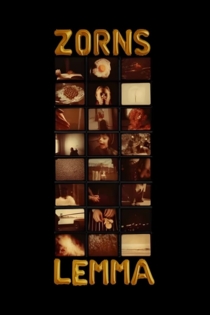
Palindrome
Hollis Frampton
While working at a photo lab, Frampton found that the waste at both ends of the rolls of processed film—where chemicals worked on the emulsion through clips used to attach the film to the machine—produced images far too interesting to be discarded. For Palindrome, Frampton selected images which he described as “tending towards the biomorphic,” resembling abstract surrealist painting. However, the rigid palindromic structure that Frampton imposes on the images—a motorized sequence based on “twelve variations on each of forty congruent phrases”—deviates from the subjective aesthetic of the expressive, demonstrating Frampton’s interest in the “generative power” of films composed by rules and principles.
Palindrome

Matrix [First Dream]
Hollis Frampton
A film of multiple superimpositions, utilizing the images of Solariumagelani (Summer Solstice, Autumnal Equinox, and Winter Solstice) (1974) overlaid with the hexagonal shapes that recur throughout Frampton's Magellan cycle.
Matrix [First Dream]
![Matrix [First Dream]](https://api.mamonto.com/media/cache/w210_hA/movies/5714/1176/bb445548373e_66644186b3ac2.jpg)
